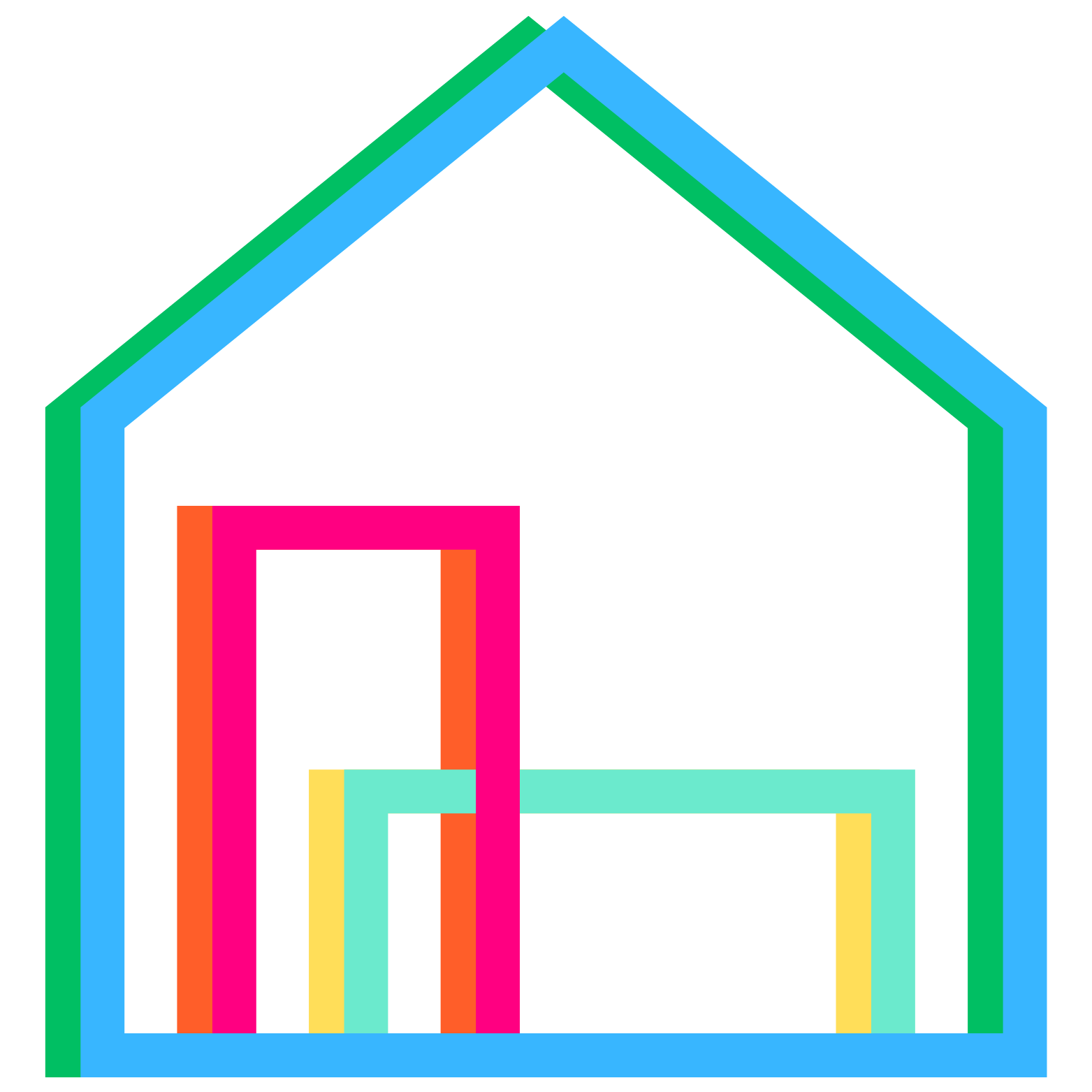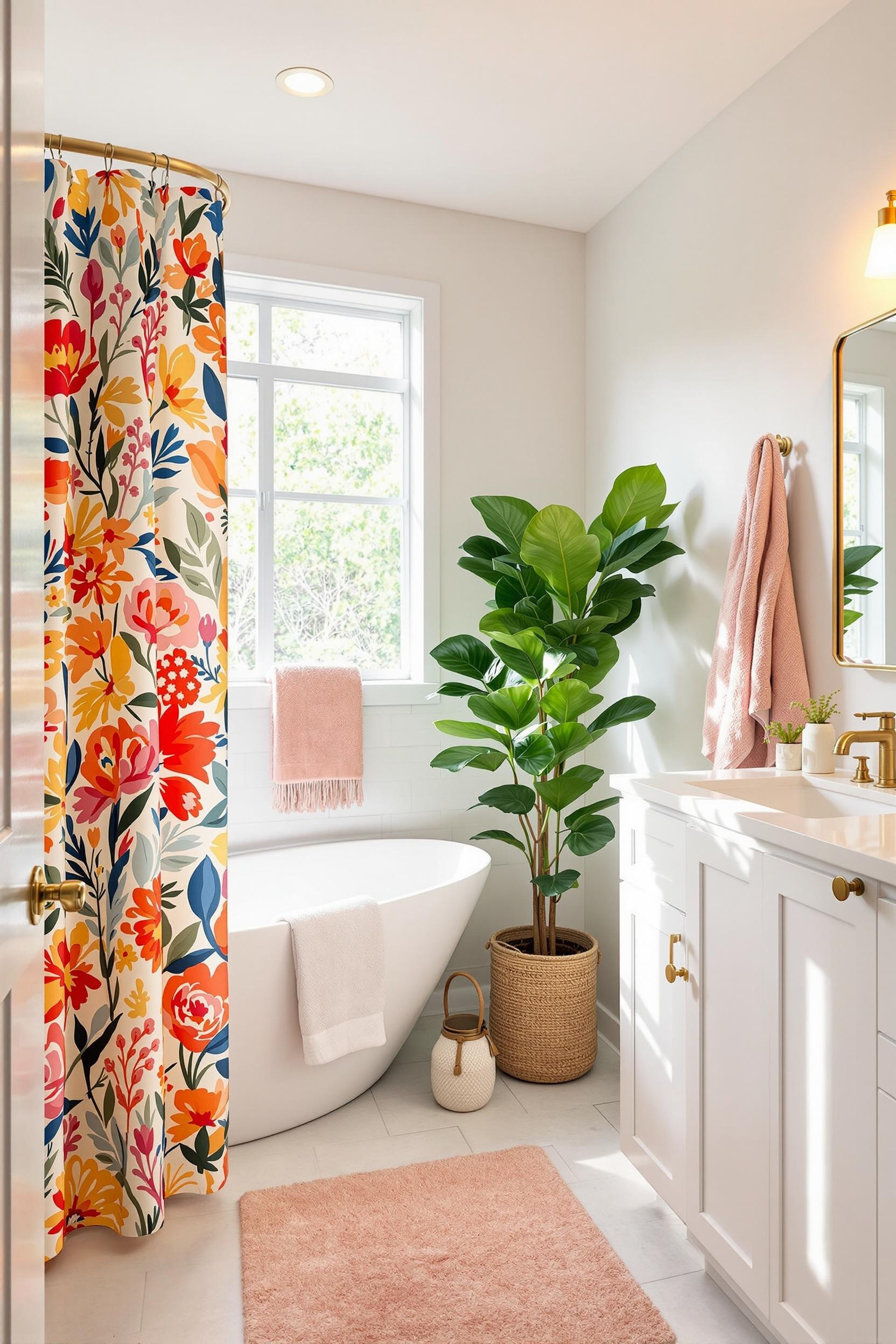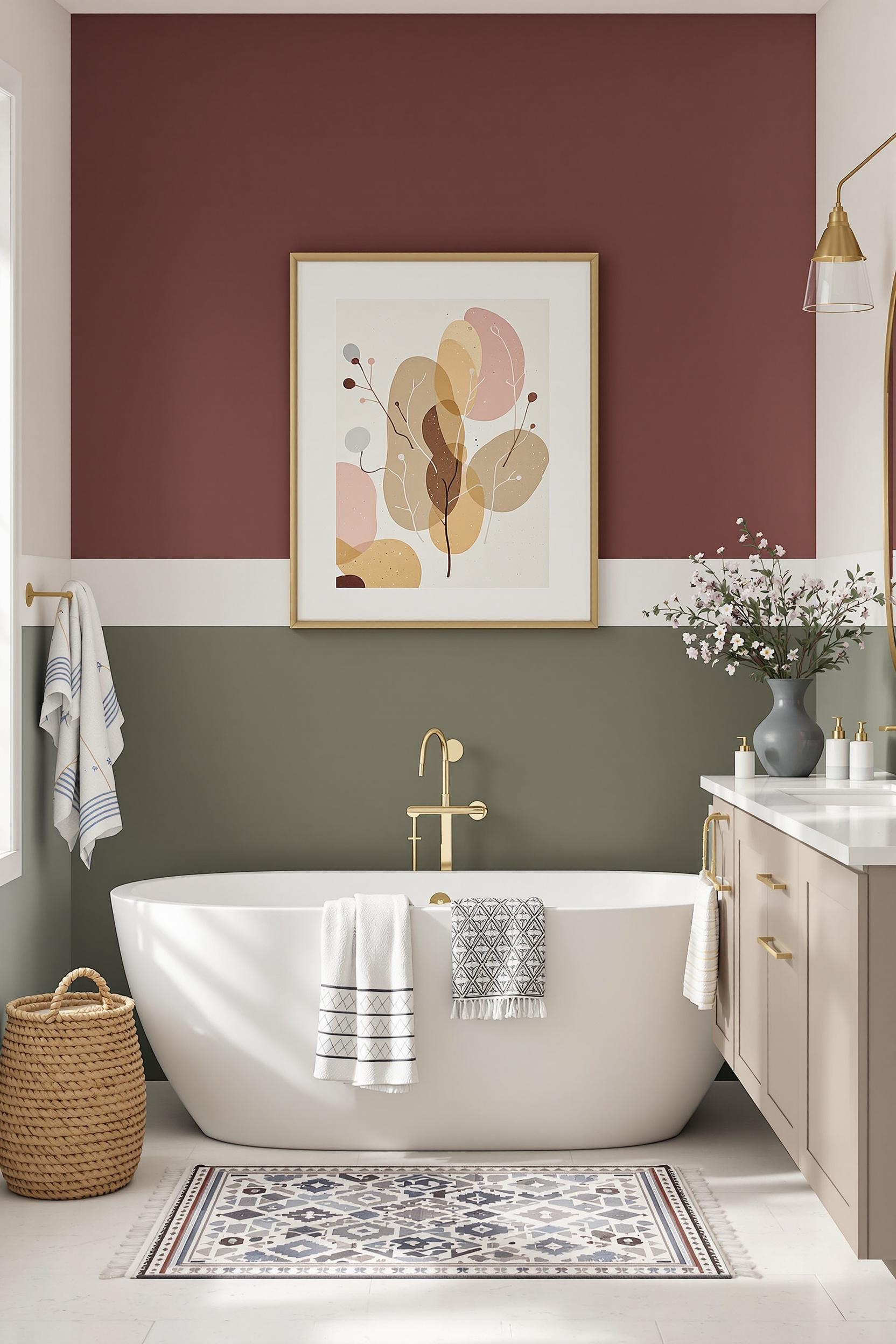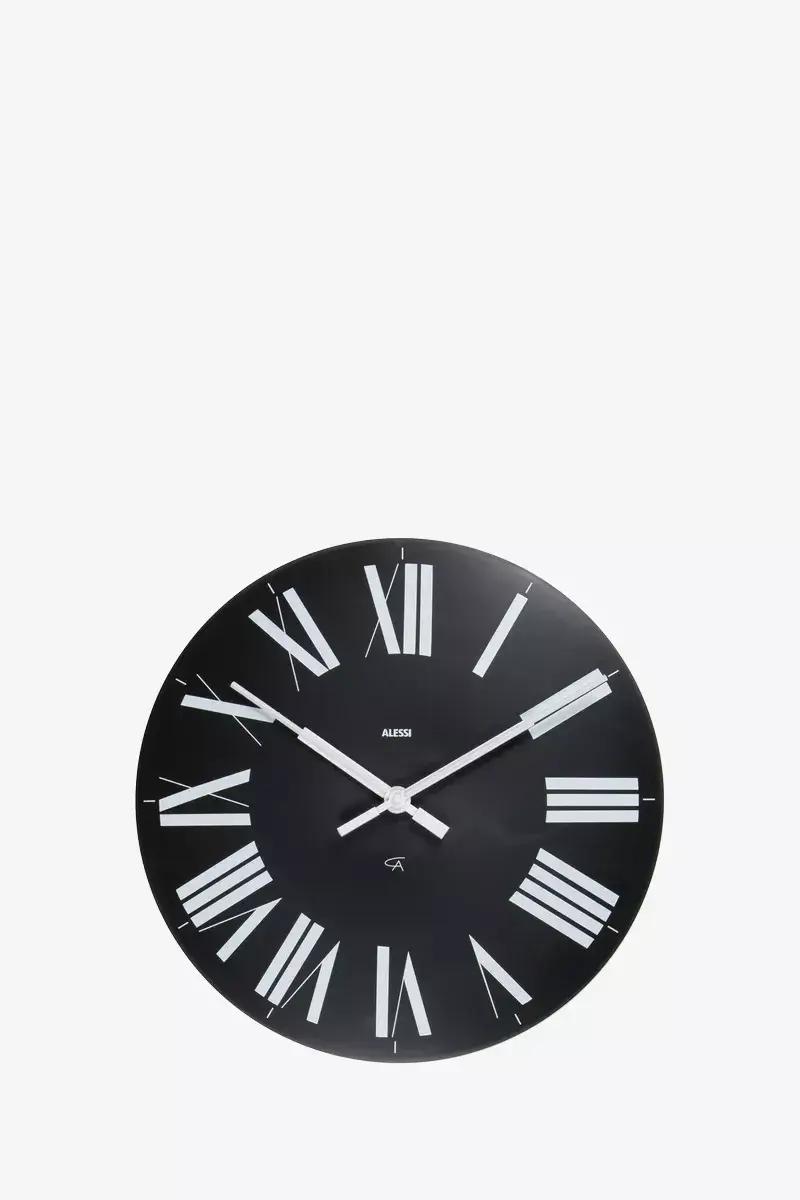
The Psychology of Color in Minimalist Spaces: Create Emotional Balance Through Design
Have you ever walked into a room and instantly felt calmer—or more energized—without knowing why? That emotional reaction is often caused by color. In minimalist interiors, where everything is reduced to what matters most, color takes on a powerful role. It’s not just about looks. Color becomes a language. A strategic emotional tool.
As an interior designer, I’ve seen how minimalist color blocking transforms ordinary rooms into emotional sanctuaries. And you don’t need to be a design expert to start. With the right knowledge of color psychology in minimalist interiors, anyone can craft a home that feels just as wonderful as it looks.
Understanding Color Psychology in Minimalist Interiors
Minimalist interior design thrives on calm, clean, and intentional choices. A minimalist color palette often includes whites, soft grays, beige, and muted earth tones. These hues create a grounding environment that offers mental clarity and peace of mind. According to experts in environmental psychology, colors influence how we feel, behave, and even think.
But color psychology isn’t one-size-fits-all. Different cultures and personalities assign unique meanings to colors. That’s why I always recommend starting with your personal emotional associations with color before selecting a scheme. For instance, a pale sage may soothe one person but feel dull to another.
Still, there are some general psychological themes that tend to emerge. Soft blues often create feelings of calm and trust. Deep greens can reconnect us to nature. And a well-placed mustard yellow often brings a burst of energy and optimism. These hues work brilliantly when applied sparingly in a minimalist home.
Neuroscience Behind Color in Minimalist Design
Color perception activates multiple areas of the brain at the same time. This doesn’t just mean we see color—it means we feel it, remember it, and even link it to experiences. I always keep this in mind when creating emotional color zones within a home.
For example, in a bedroom, I might use a mostly white or gray foundation to keep the space serene but introduce a deep navy accent wall. That splash of color creates a pocket of introspection and depth. It’s minimal, but emotionally potent.
Minimalist Color Blocking: Create Emotional Zones
Using color blocking interior design in a minimalist space allows you to break visual monotony and define function based on psychology. Strategic color segmentation helps guide behavior within different parts of an open concept layout or small apartment.
I usually apply bold hues intentionally. In a studio apartment, I used bold color blocking behind the desk area to boost focus. The surrounding areas stayed soft and neutral to maintain calm. These subtle color decisions control energy and flow without sacrificing the clean appeal of minimalism.
This approach works brilliantly in every room. Try defining the kitchen with burnt orange, while soft grays keep the living area calm. Or use color-blocked bed frames as grounding anchors within serene sleeping zones. Each color zone helps occupants feel something specific—without saying a word.
How to Use Bold Colors Without Losing Minimalist Charm
Bold colors can absolutely fit within a minimalist color palette home—but they must have a purpose. I always ask myself two questions before using a bold shade:
- What mood or function does this space need?
- What color naturally evokes that mood?
From there, I consider size and placement. A whole red wall? Too much. But a wine-colored bookshelf? Perfect contrast. In my guide on adding bold colors, I explain how adding small, vibrant accents creates visual layers and emotional depth without cluttering a space.
Using the color theory for minimalist design helps strike that balance. Complementary contrasts add excitement. Analogous tones create flow. And monochromatic color schemes in bathrooms or kitchens can provoke warmth and elegance with subtle variation.
Smart Color Design Based on Space Type
The psychological effects of color blocking shift based on room use. Here’s how I approach different areas in minimalist homes:
Minimalist Living Rooms
Keep the base neutral (white or beige) and add emotional depth with emerald throw pillows or a bold mustard yellow rug. These living room color schemes draw people in while keeping things uncluttered.
Minimalist Bedrooms
Use monochrome shades for calm. A deep gray accent wall with white bedding can feel restful while still stylish. Pastels like dusty pinks or muted blues are perfect for relaxation. Color zoning here helps establish boundaries between sleep and preparation areas.
Minimalist Kitchens
Kitchens work best with clean tones like eggshell or soft charcoal. But areas like the backsplash or cabinetry can be perfect for expressive color. Consider subtle green or navy to break up the whites.
Minimalist Home Offices
A sage or seafoam feature wall behind your desk boosts focus. Incorporating small accents, like warm golds or reddish-browns, adds a cozy yet energizing vibe. Explore office color zoning for an uplifted remote work environment.
Maximize Small Spaces with Strategic Color Psychology
In compact homes and apartments, color has to be strategic. I love using lighter tones to expand space. Soft sage walls paired with crisp white trim help small kitchens feel open. Meanwhile, vertical color blocking tricks the eye and gives the illusion of higher ceilings. Accents like a colored door or bold furniture pillow still allow expression without overwhelming the layout.
Transform Your Space: Unlock Emotional Design Potential Now!
In the world of minimalist design, color is more than just a visual element—it’s a powerful psychological tool waiting to be mastered. I’m about to reveal how you can transform your living spaces from ordinary rooms into extraordinary emotional landscapes.
Your Personal Color Psychology Transformation Kit
Understanding color psychology in minimalist interiors isn’t just for professionals. With minimalist color blocking, you can reshape your environment and your emotional well-being.
By applying color theory in minimalist spaces, you’ll support your mental state, productivity, and peace of mind. Whether you’re after energy or calm, your color choices become power tools for emotional health.
Your Emotional Design Action Plan
- Emotional Color Mapping: Use sage green for focus in your home office. Transition to mustard yellow for creativity. Now, every zone has a feeling and a function.
- Neurological Color Strategy: Think beyond taste. A navy accent wall can quiet the mind and deepen reflection, backed by science on color pathways.
Design Your Emotional Revolution: Take Action Now!
Unlock Your Emotional Design Secrets Now!
By subscribing, you’ll get:
- Exclusive design guides using color psychology
- Insider tips for minimalist color blocking
- Personal consultations and insights
- Free downloadable color-design workbook
This is your key to new emotional energy at home. Let’s use color to feel better daily—starting now.
Frequently Asked Questions: Color Psychology in Minimalist Design
1. How does color psychology impact minimalist interior design?
It speaks to emotion. Every hue sends a signal. Emerald green can ease anxiety. Soft blush adds comfort. Minimalist design uses fewer colors, but each one has purpose.
2. Can bold colors work in a minimalist color palette?
Yes! Bold colors can ground minimalist rooms. As long as they’re used with intention. Try bold furniture instead of entire walls to maintain balance.
3. What are the psychological effects of color blocking in minimalist interiors?
It creates zones. Color blocking helps each space feel unique. For instance, green for thinking. Warm yellow for creativity. This helps your mind shift modes without moving homes.
4. How do neutral colors contribute to minimalist design psychology?
They are the calm in the storm. Beige, gray, white—these quiet feelings create space for thought. They soothe. They support. And they let focal colors shine.
5. Can color psychology really influence my mood and productivity?
Neuroscience says yes. Studies show color activates multiple brain areas. Carefully crafted palettes can reduce stress, encourage focus, and boost energy.
Final Thoughts
Minimalist spaces don’t have to feel cold or empty. With the strategic use of color, you can make them nurturing, joyful, and expressive. Whether you’re working with a one-bedroom apartment or an open-concept home, color psychology for minimalist interiors gives your spaces new power.
Want more design magic straight to your inbox?






